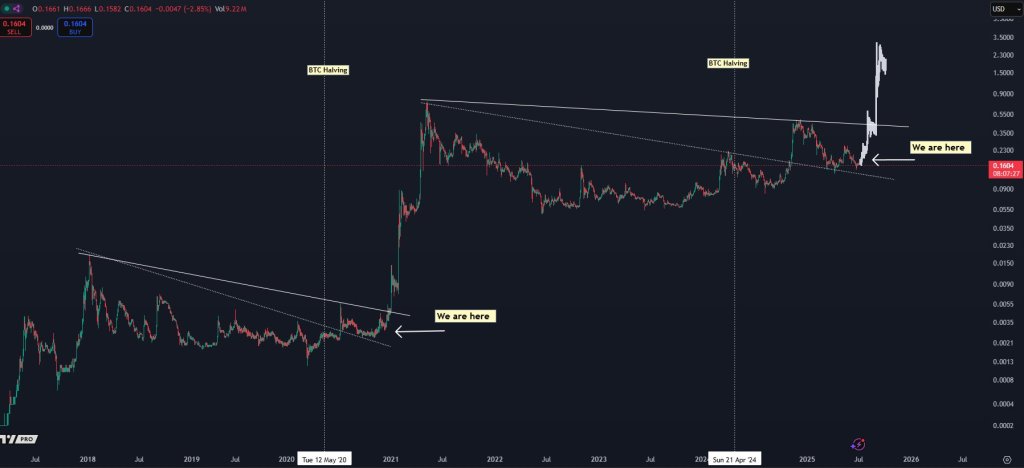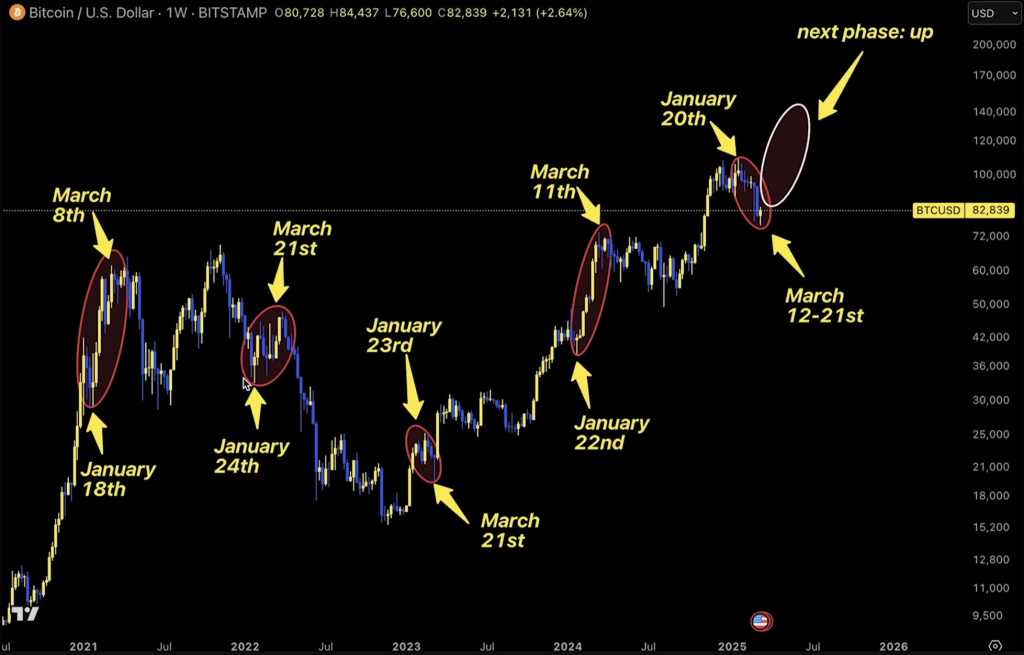
Everyone is observing how blockchain’s distributed ledger technology is changing the way enterprises conduct their business dealings.
Let’s see how a blockchain-based network functions, how you can leverage its tremendous potential, and how multiple companies across the globe are collaborating to refine the technology further across a wide spectrum of industries. First, a little background information about is very important.
What is a distributed ledger in itself?
A distributed ledger is a unique database type that is shared, replicated, and synchronized between multiple participants within a decentralized ecosystem. The distributed ledger tracks the transactions, which mature with the exchange of assets or data, among multiple participants within the network.
Members in the distributed ledger-based ecosystem governed and agreed by consensus-based mechanisms known as smart contracts. No centralized authority or third-party middlemen, such as a financial institution or remittance company, participates. Every record in the distributed ledger is time-stamped with a unique cryptographic signature, making the ledger a completely auditable, immutable history with continuity from the previous trail. Thus, the first transaction can be traced back using continuous ledger or ever-ledger.
The function of business ledgers
In today’s hyper-connected and simplified world, the economic activity takes place across business networks that span across the globe inclusive of state, geographic, and legal boundaries. Business ecosystems typically come together at global marketplaces and other transactional zones where the participants, such as producers, consumers, suppliers, partners, market makers/enablers, and other stakeholders hold, exercise control and exercise their constitutional rights, civil liberties, and entitlements on objects of value known as assets.
Assets can be tangible and nontangible, such as vehicles, buildings, or fruits, or intangible and virtual, such as deeds, patents, and stock certificates. Asset ownership and transfers which offer and create value in a business network!
Transactions typically include multiple participants in a chain based system like buyers, sellers and third-party remittance parties like the partnering banks, auditors and town notary! Their businesses generally use different ledgers to keep a record of asset ownership and asset transfer. The ledgers signify mutual relationships and trust being continued.



